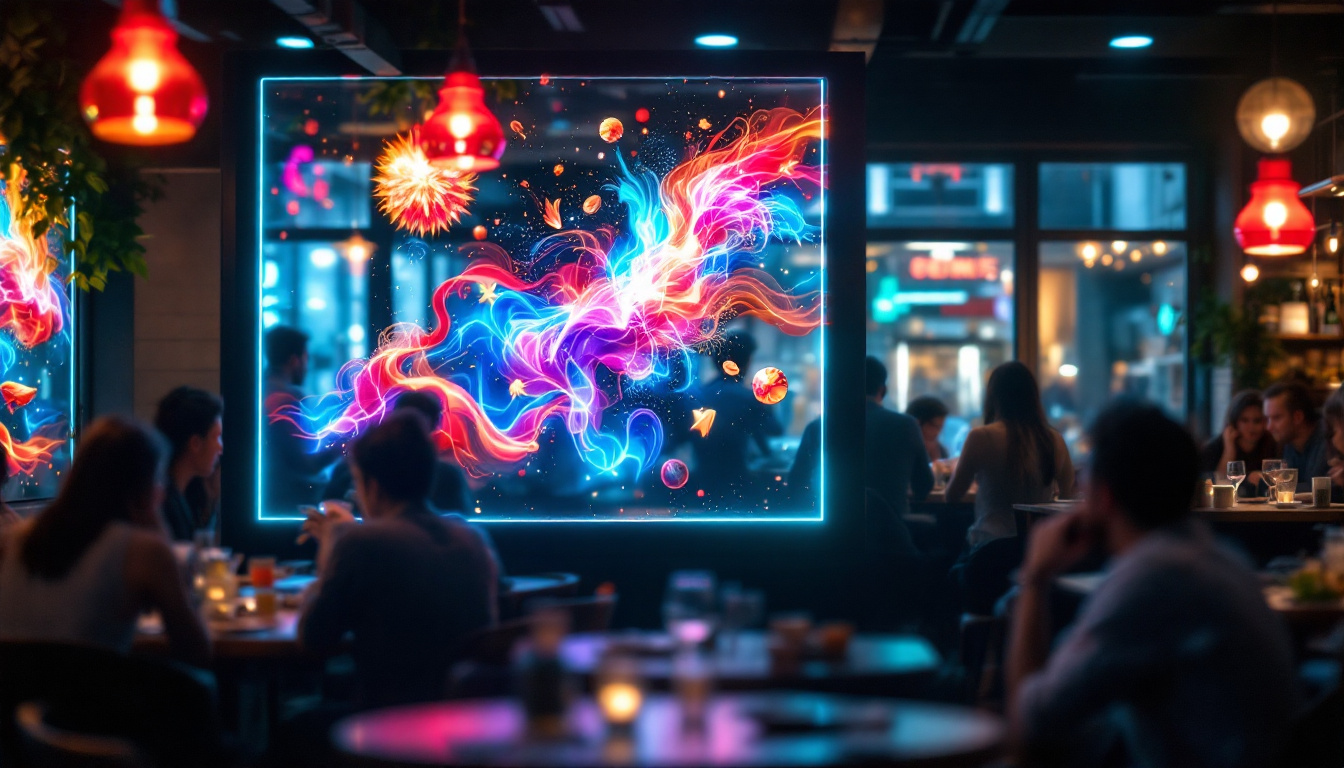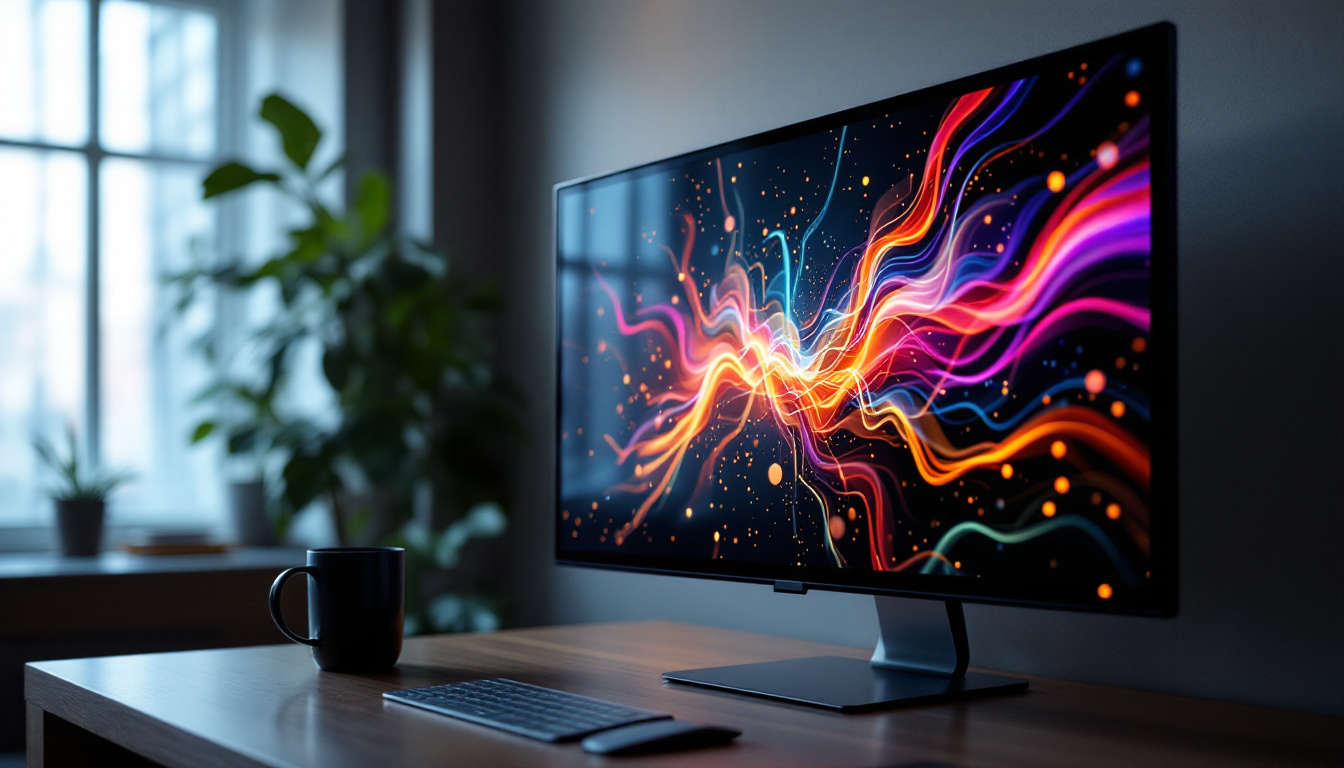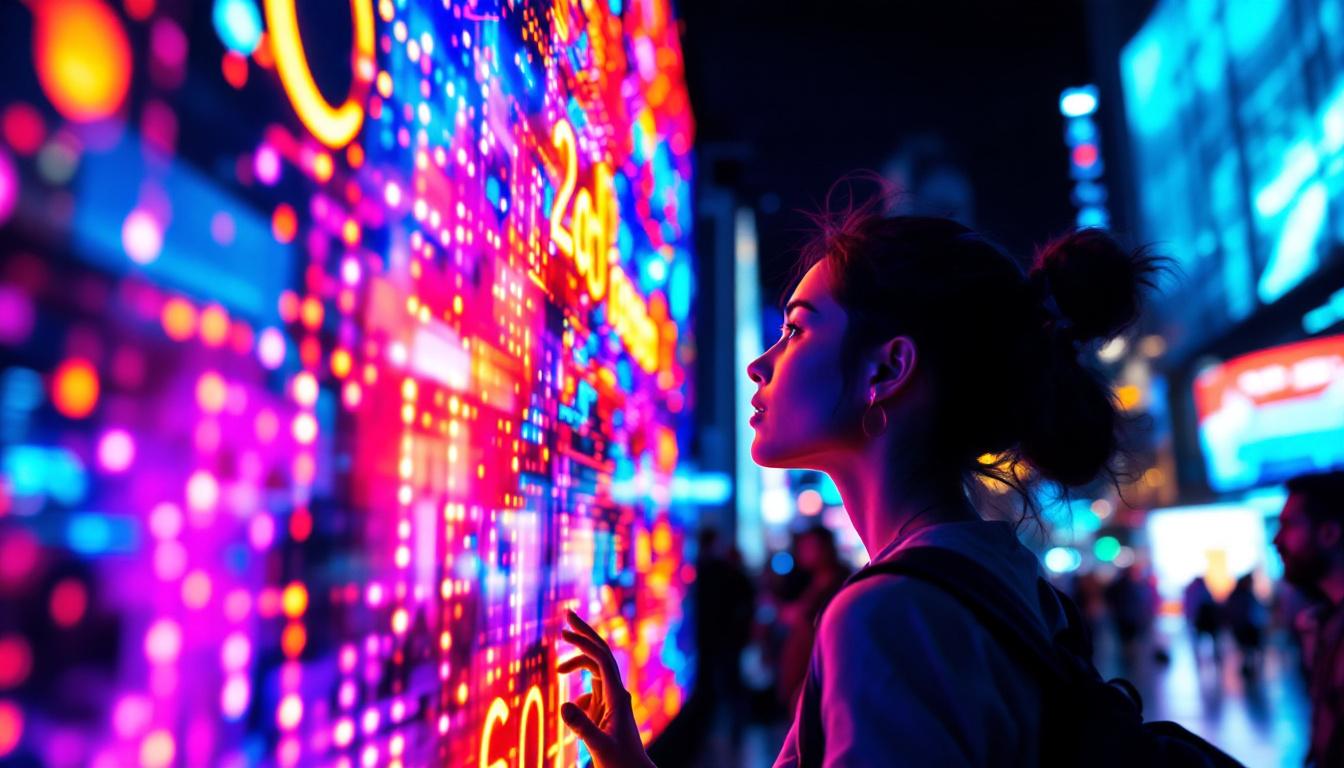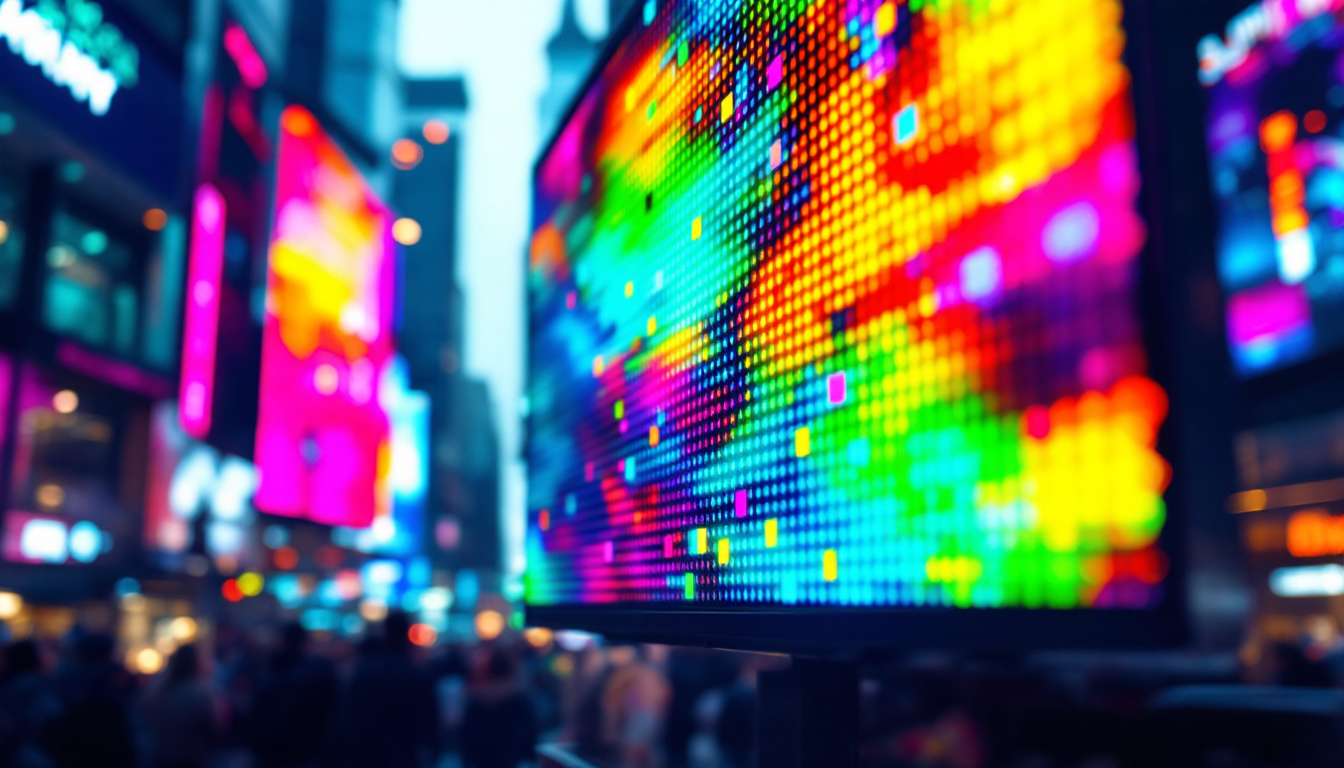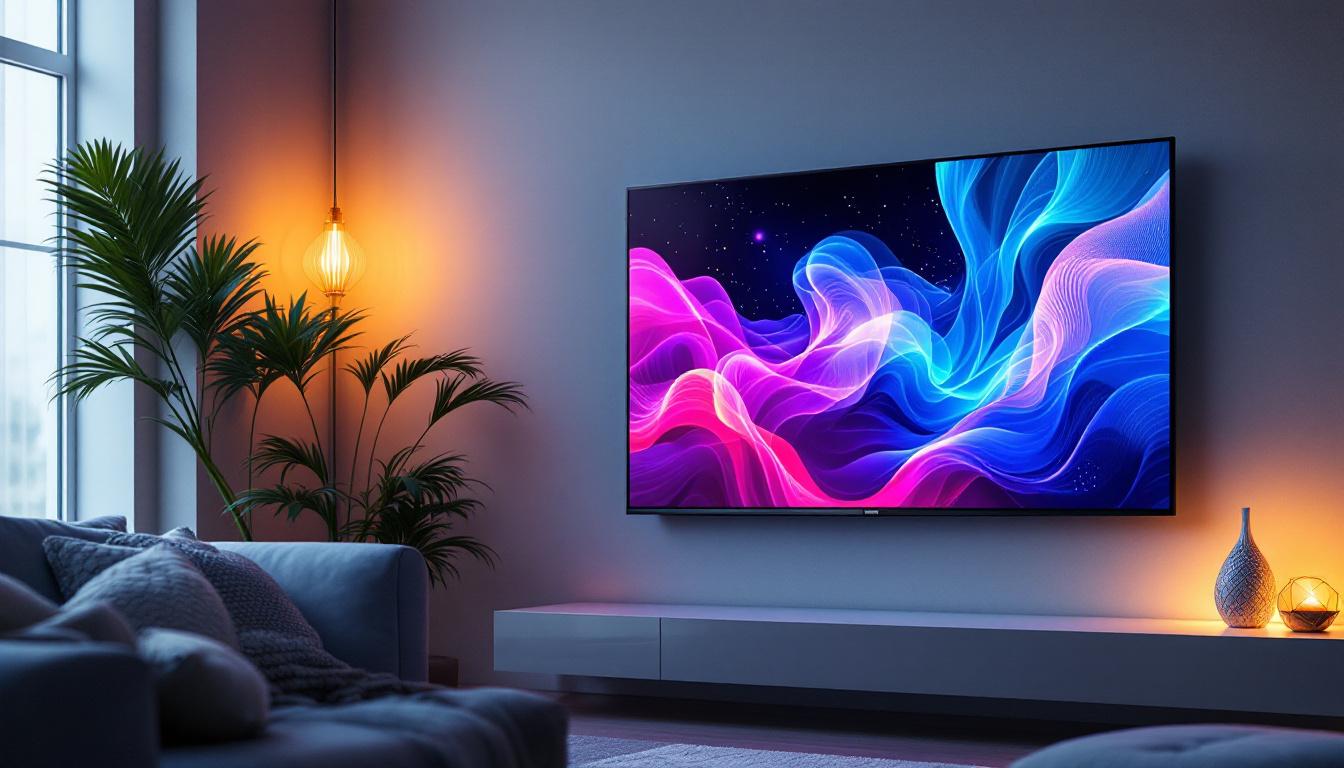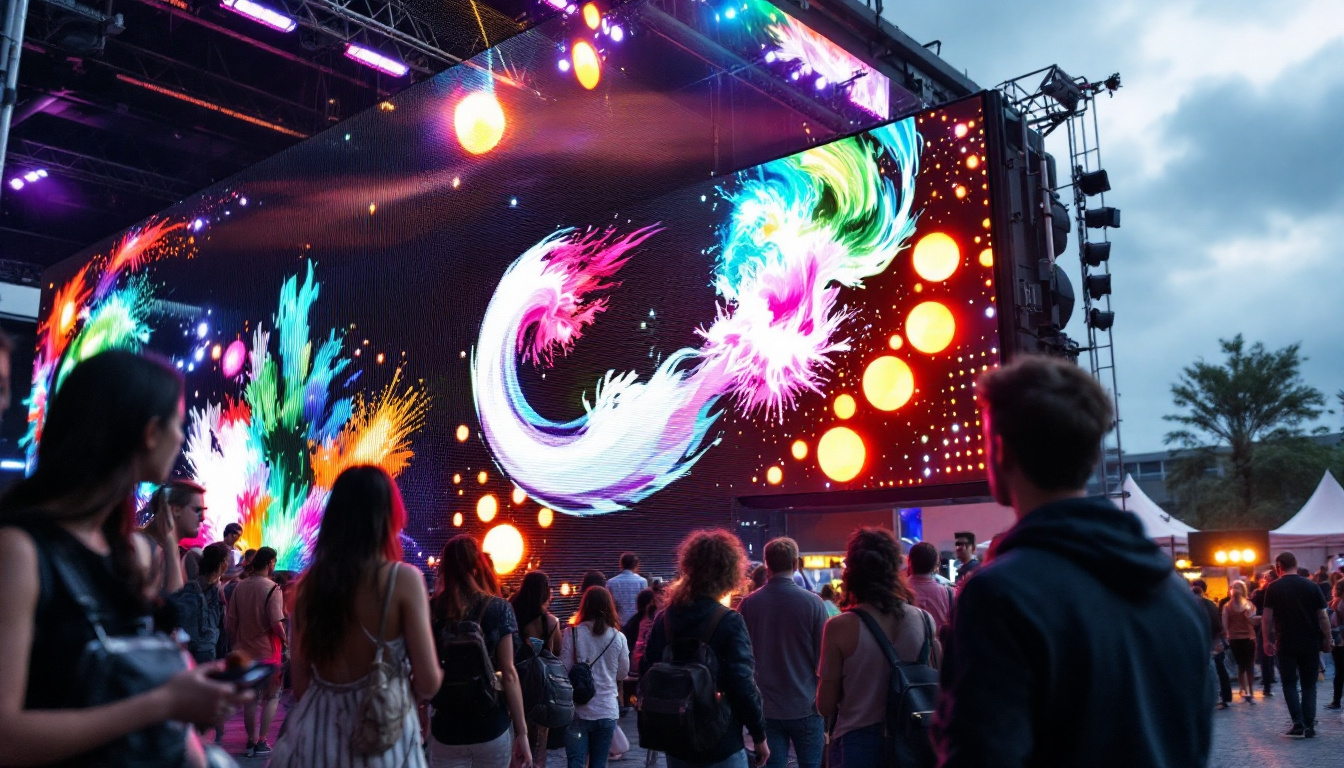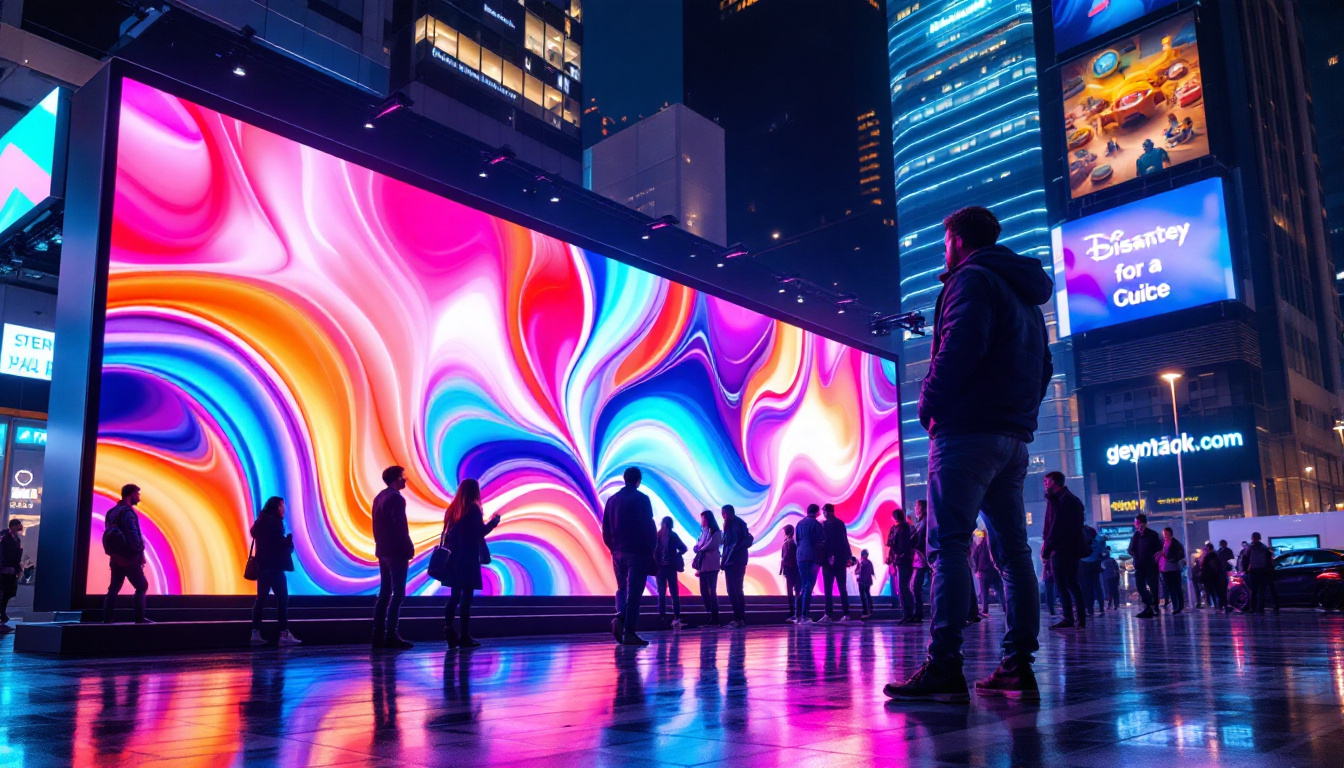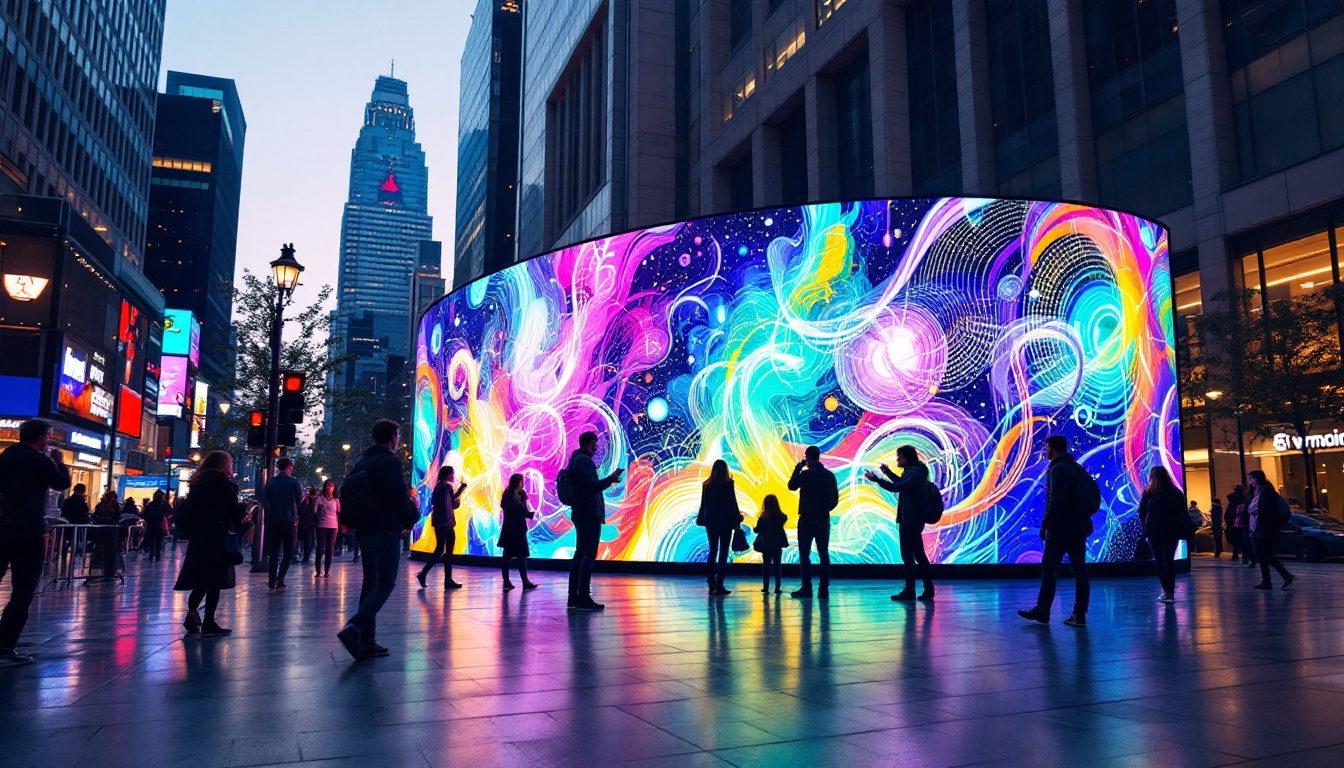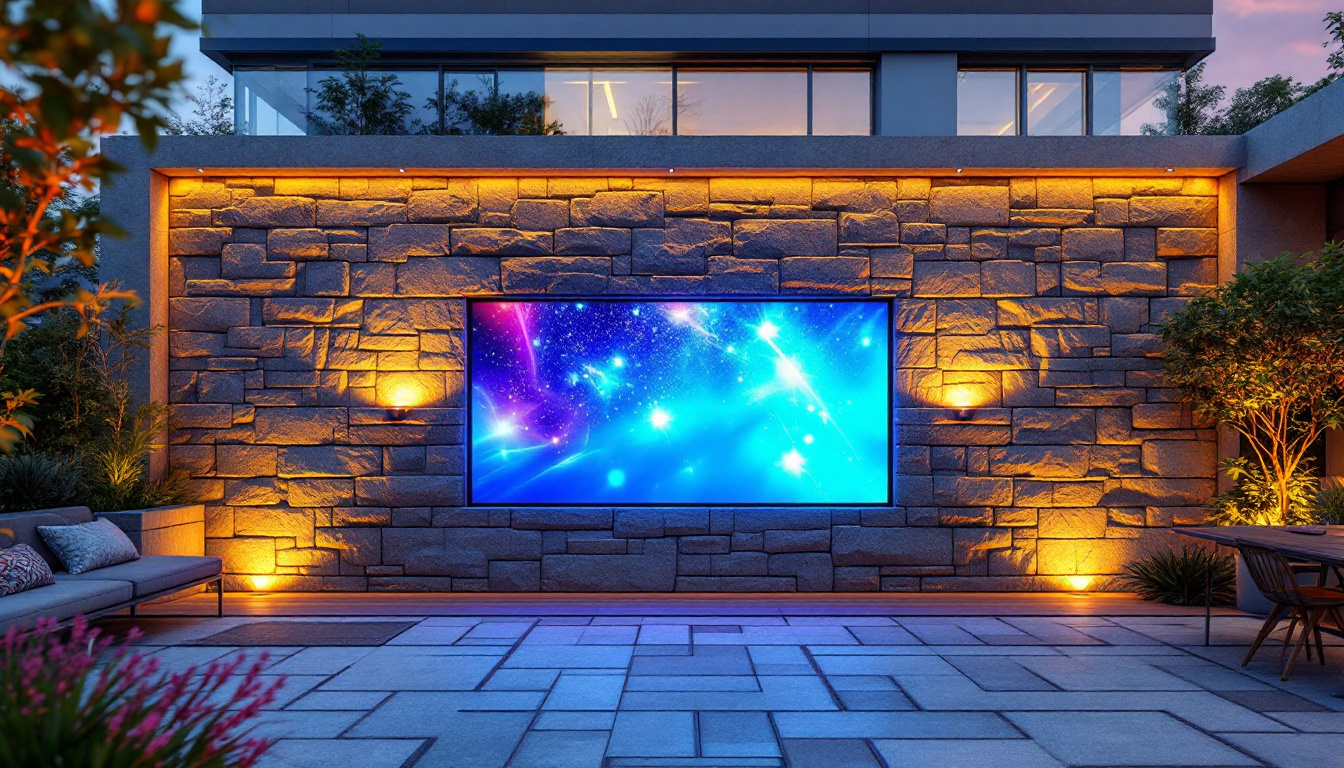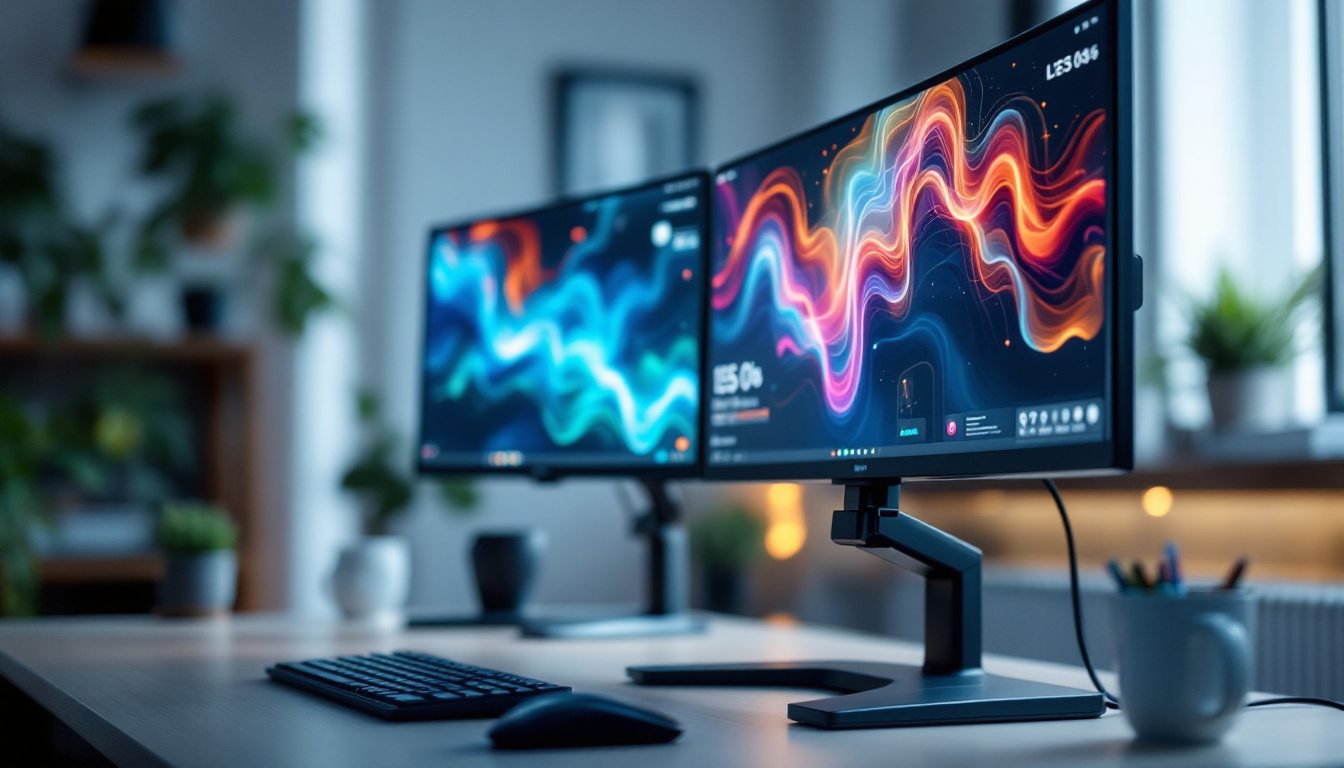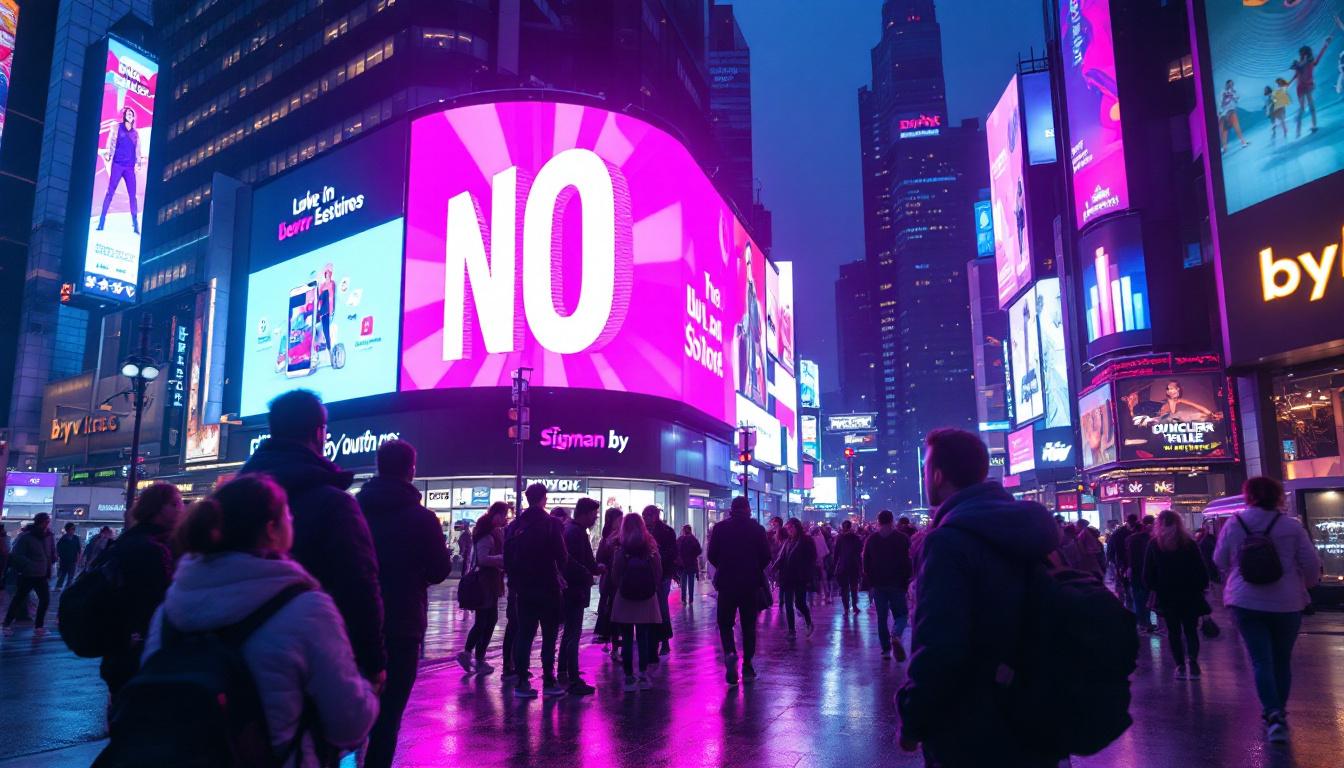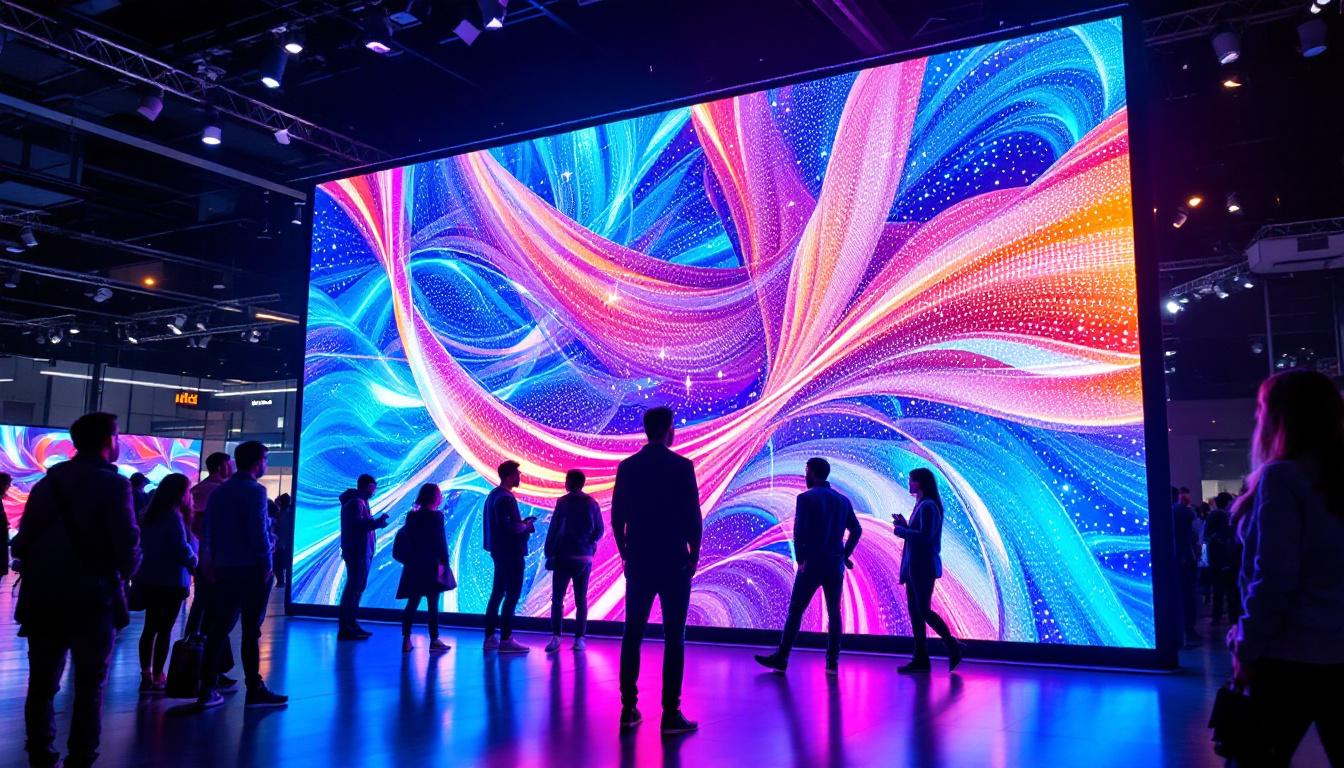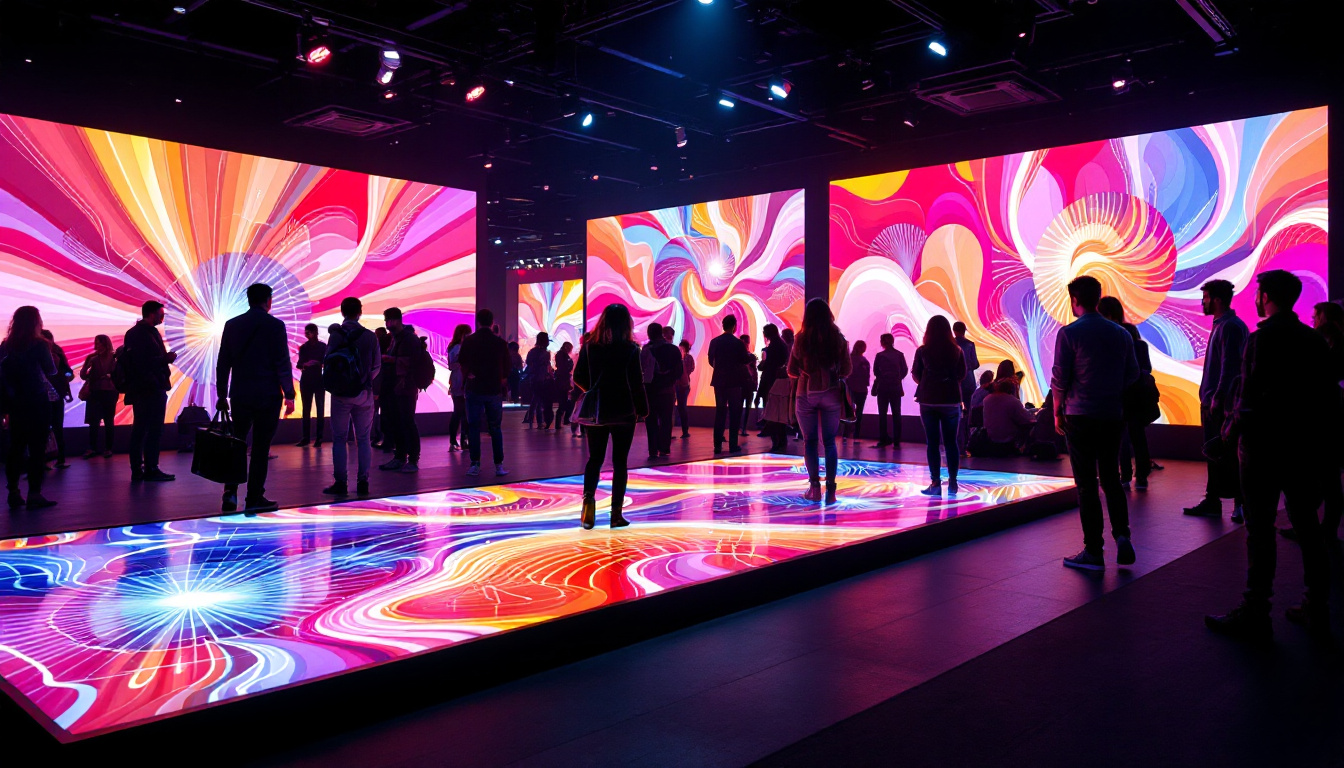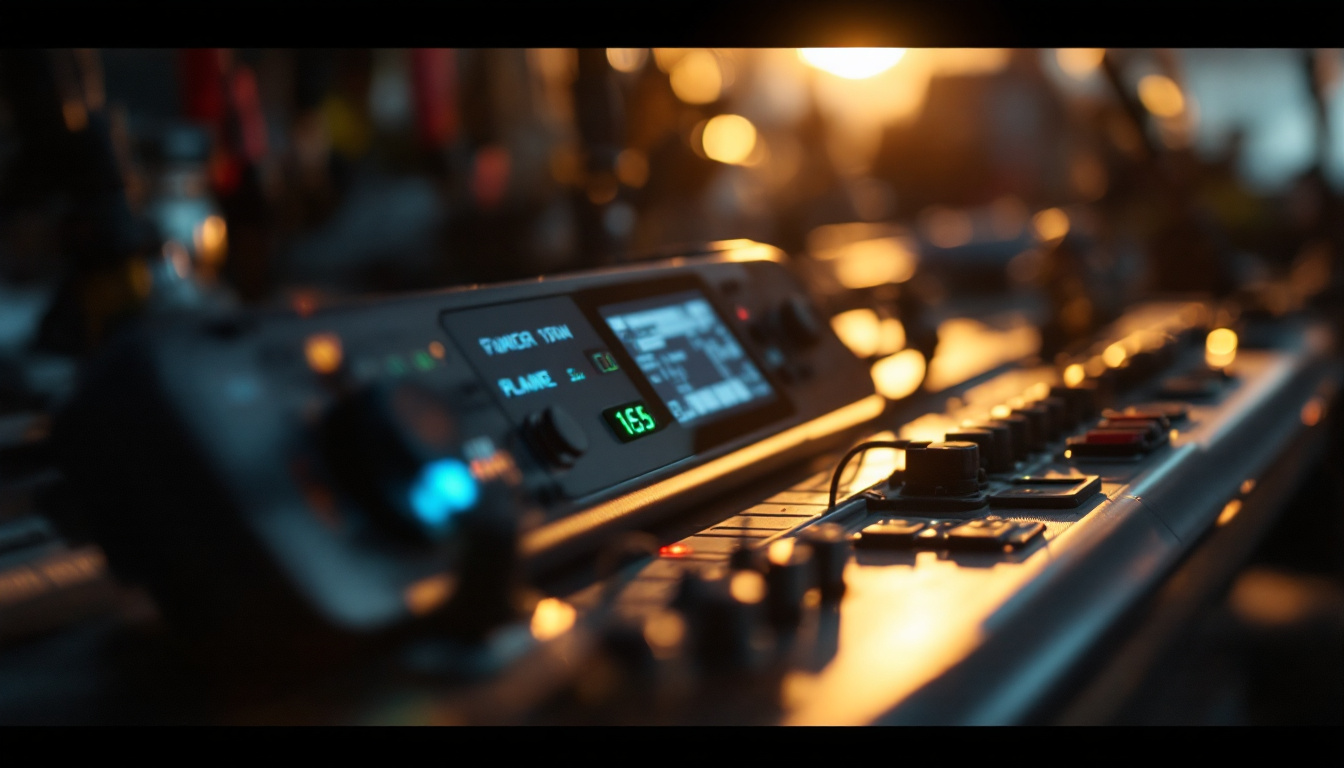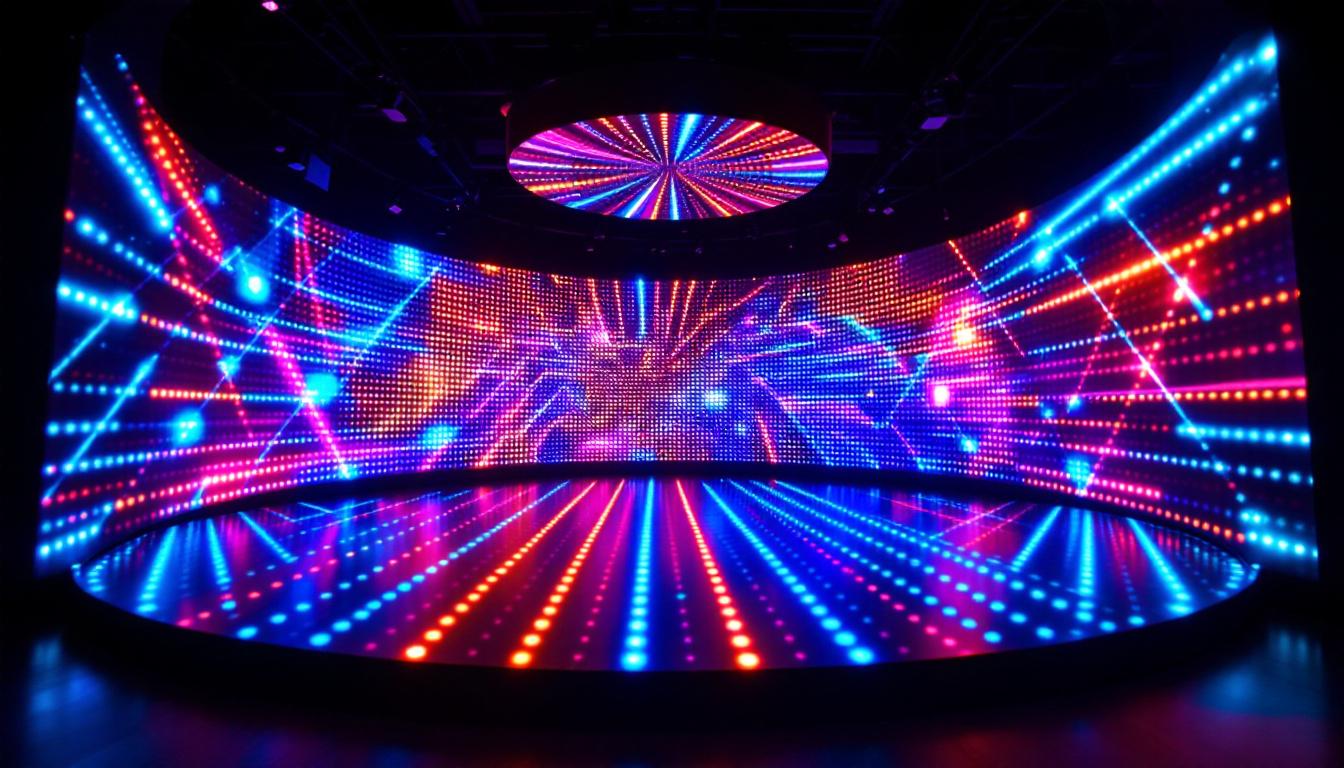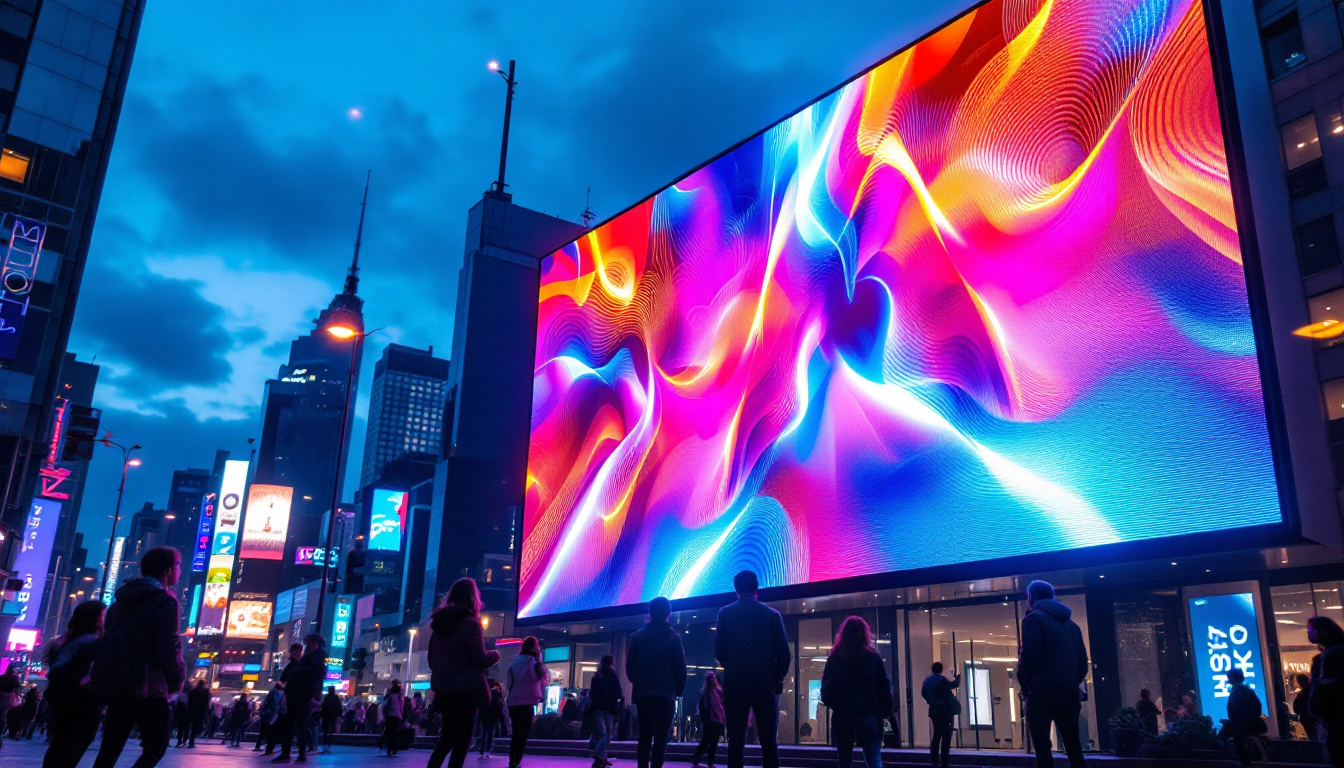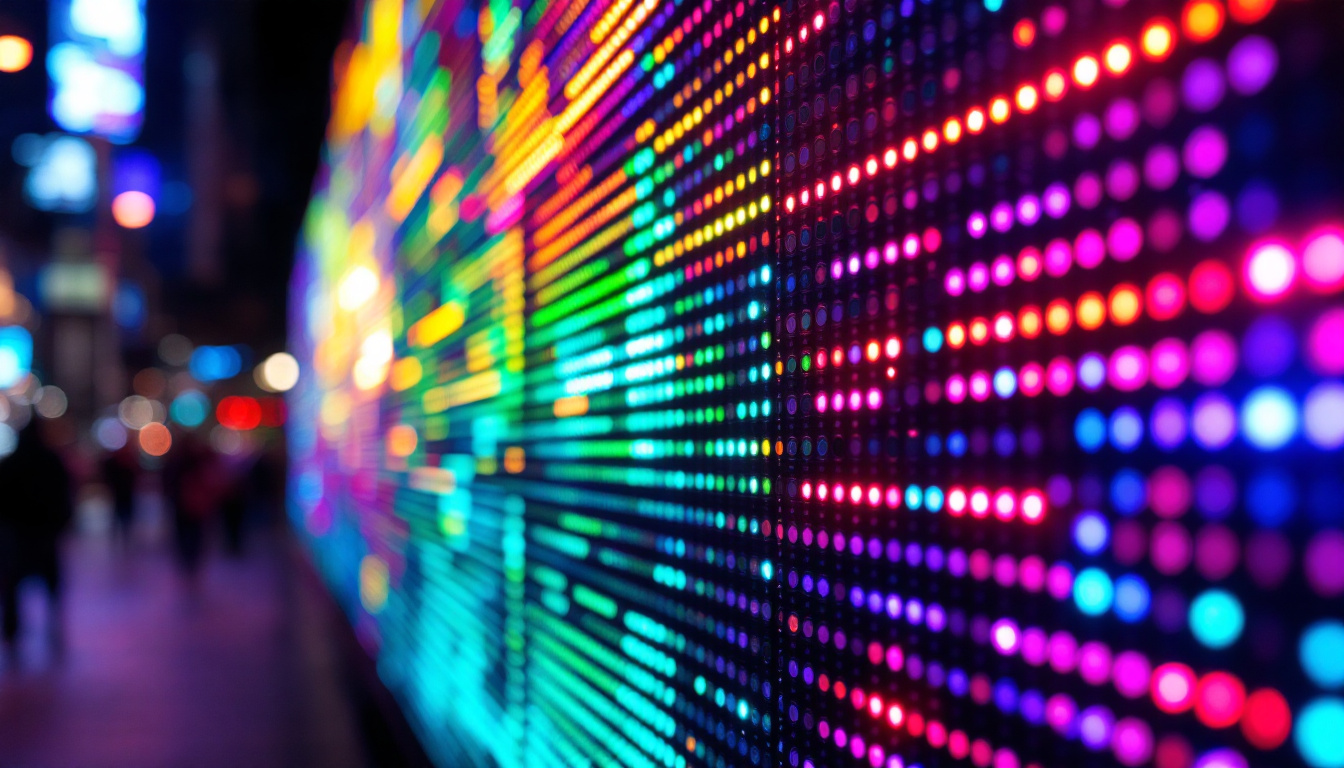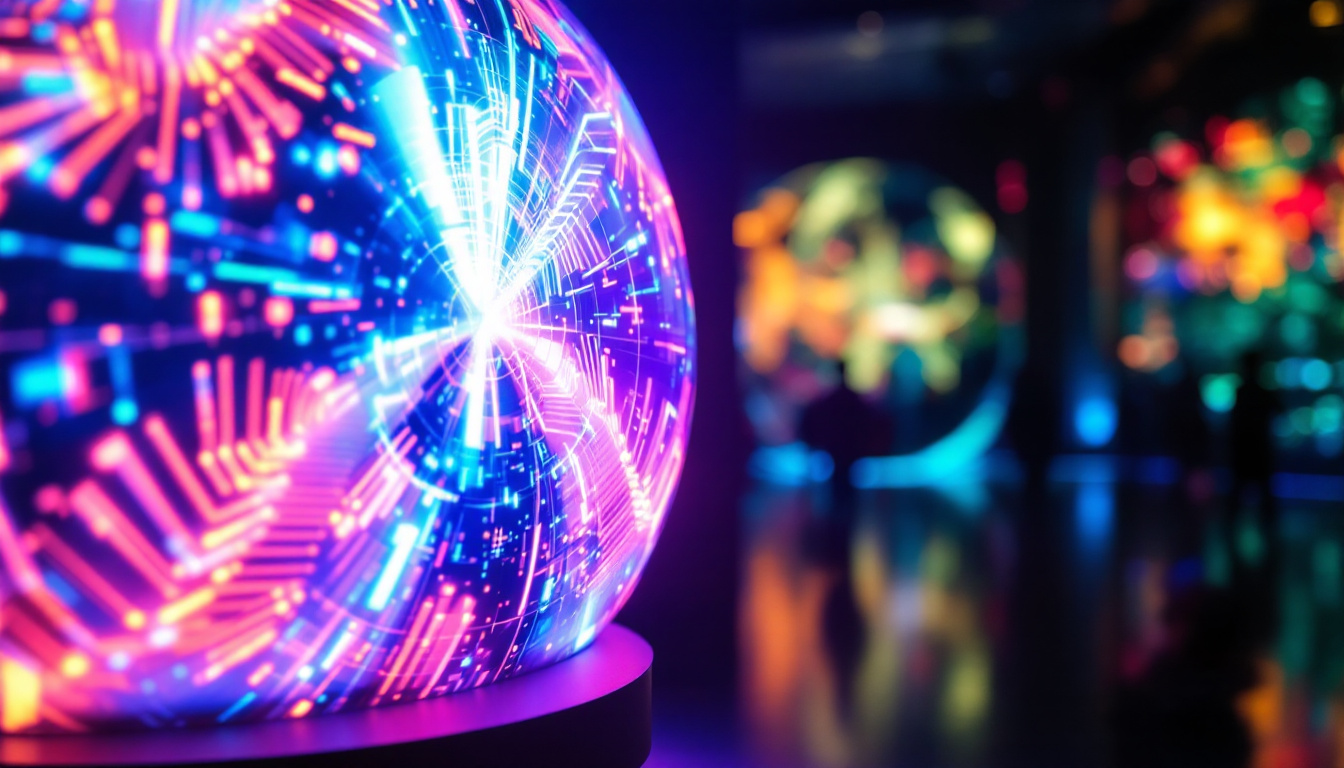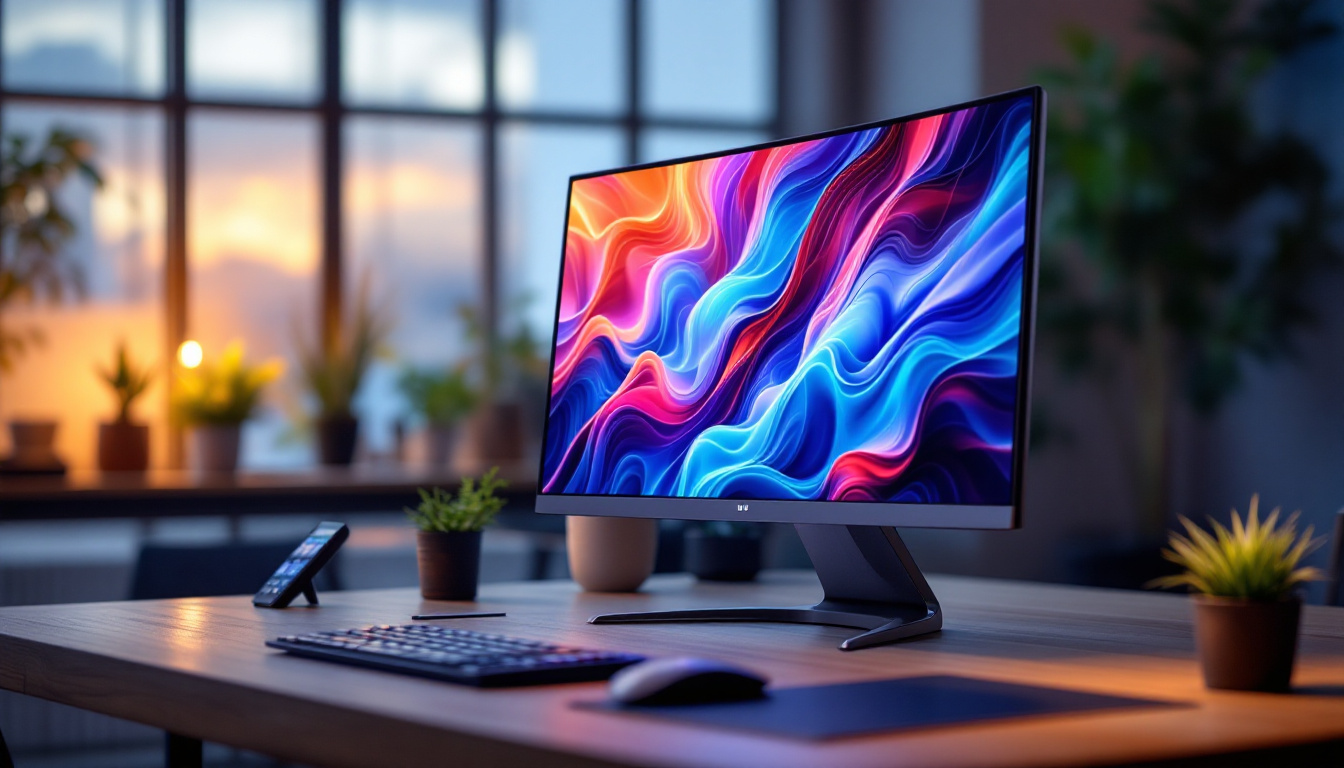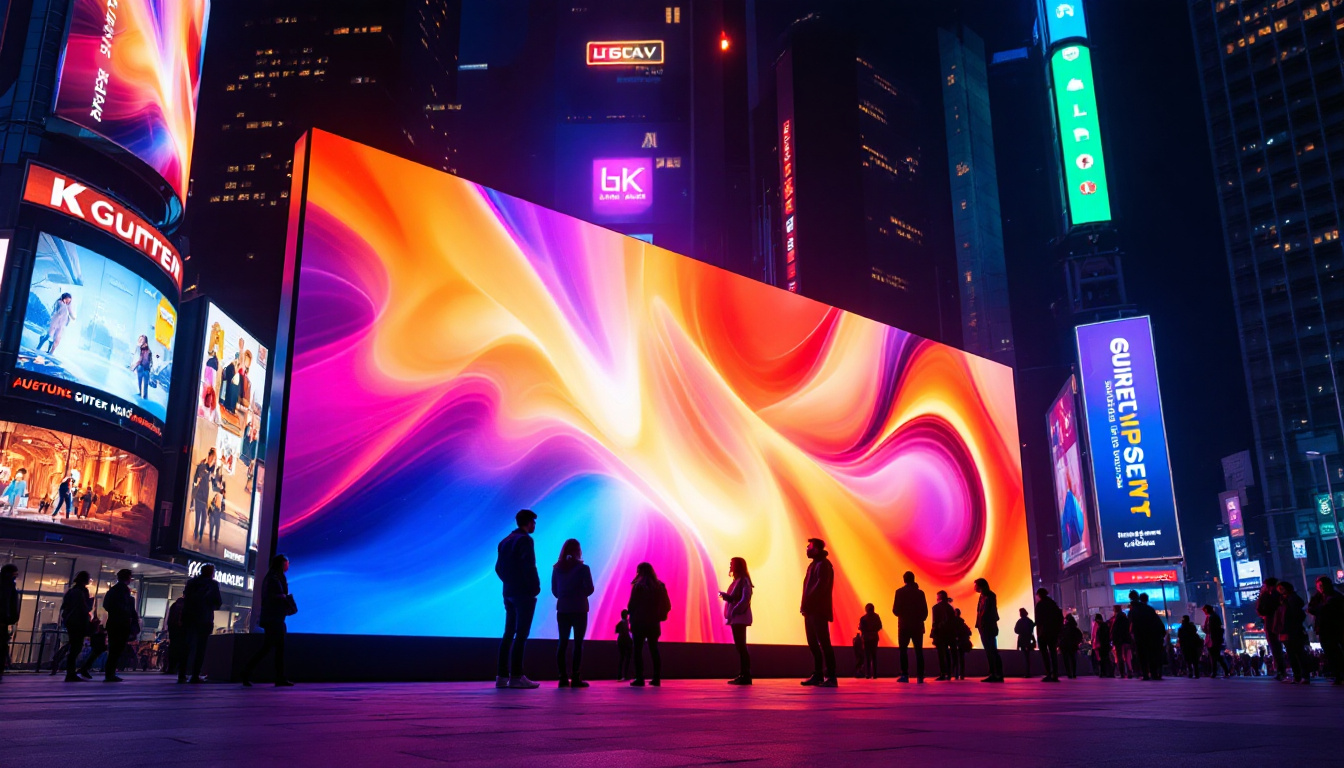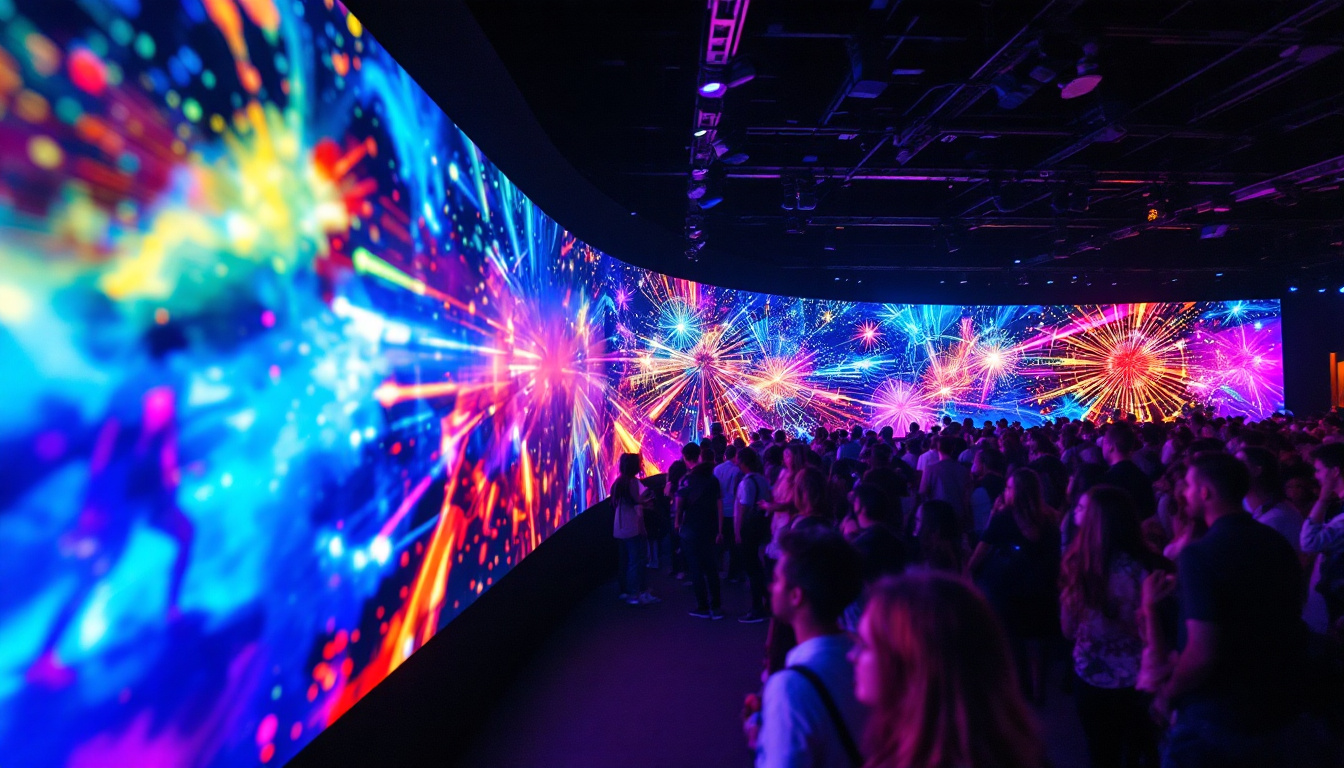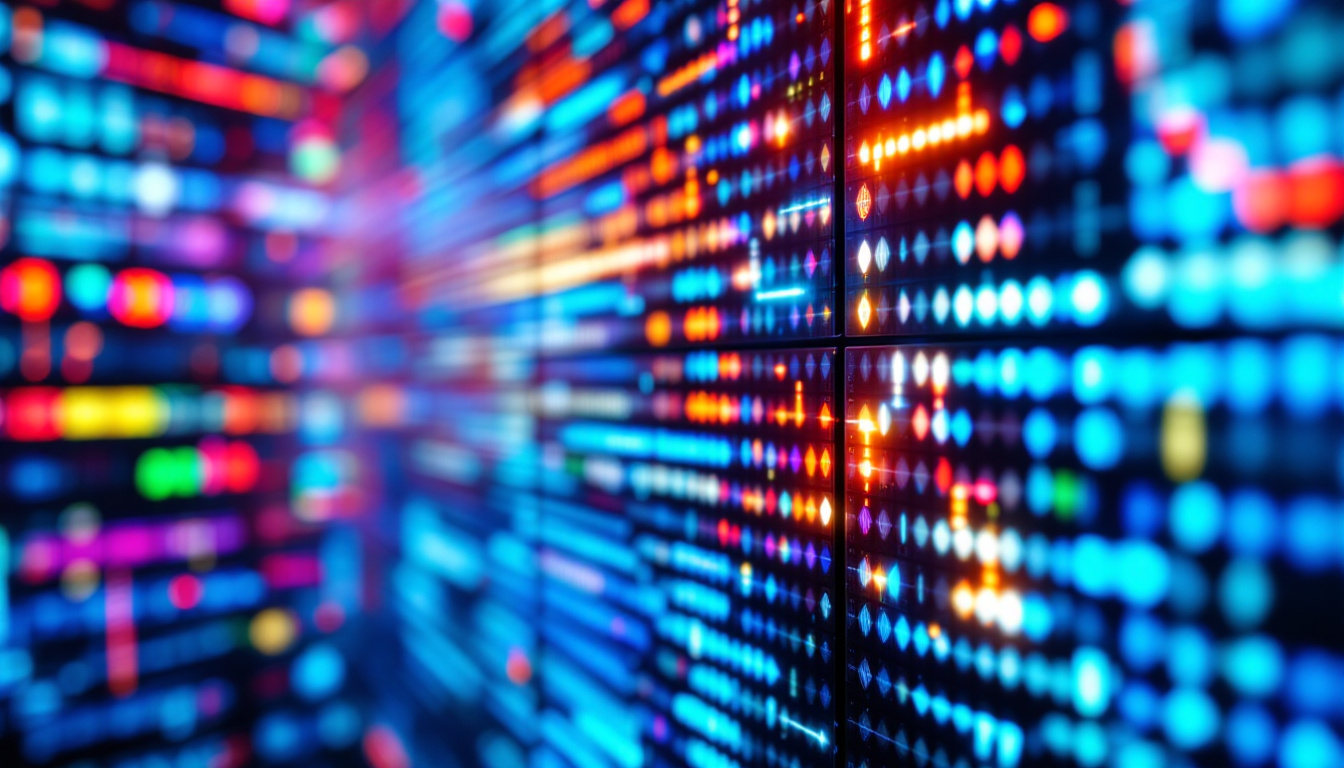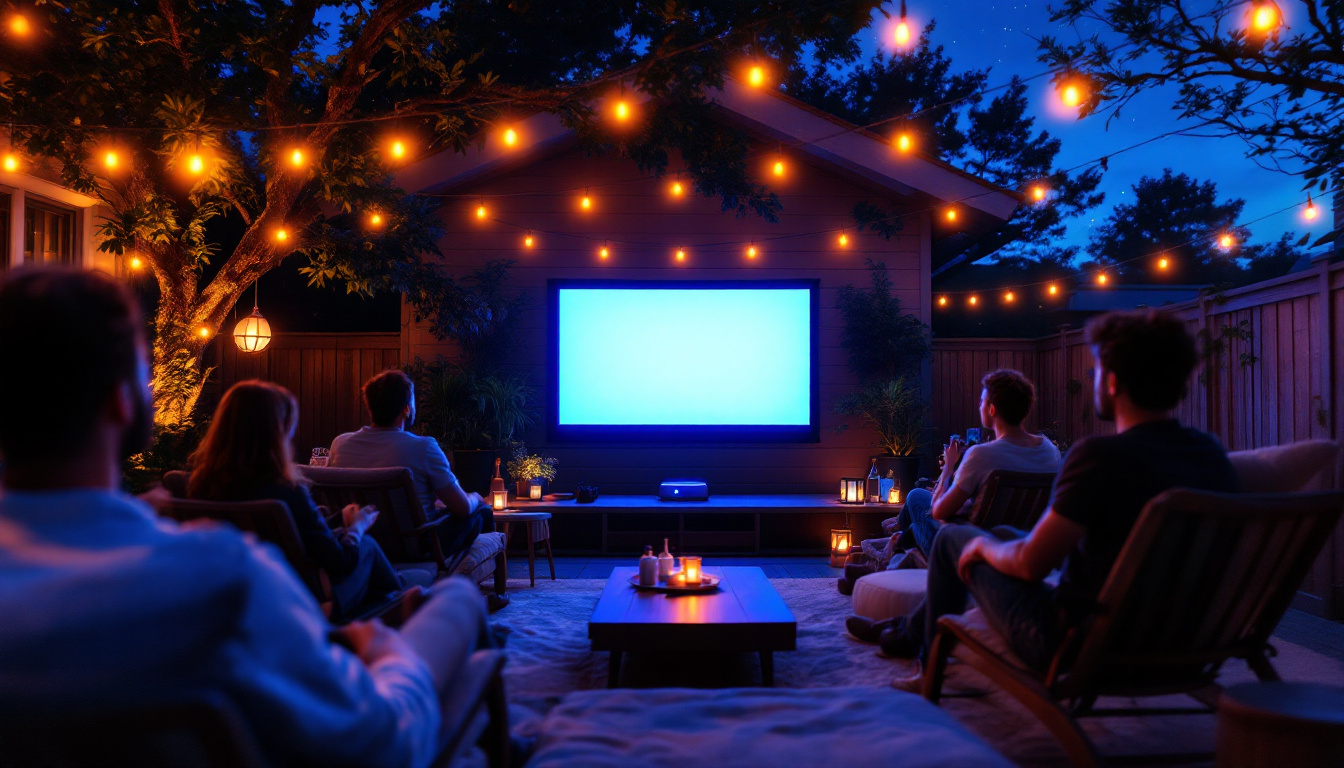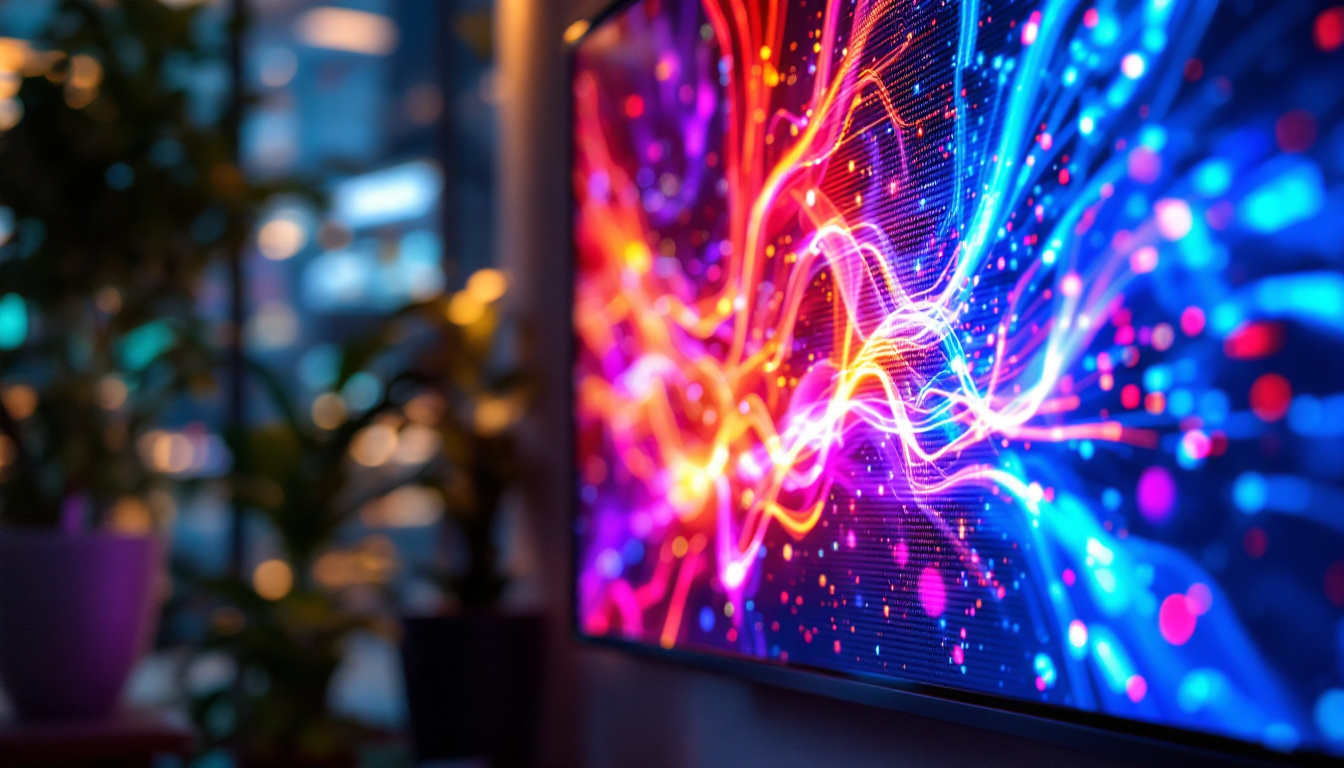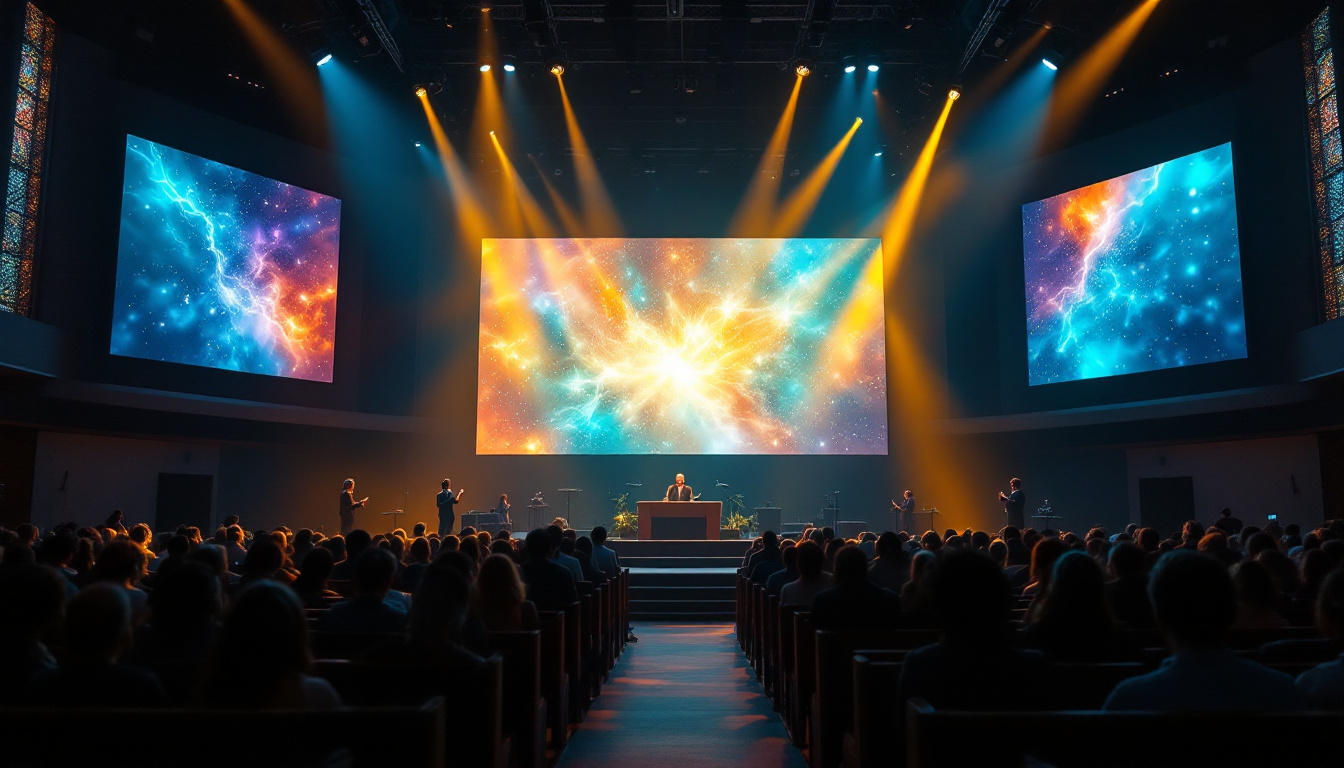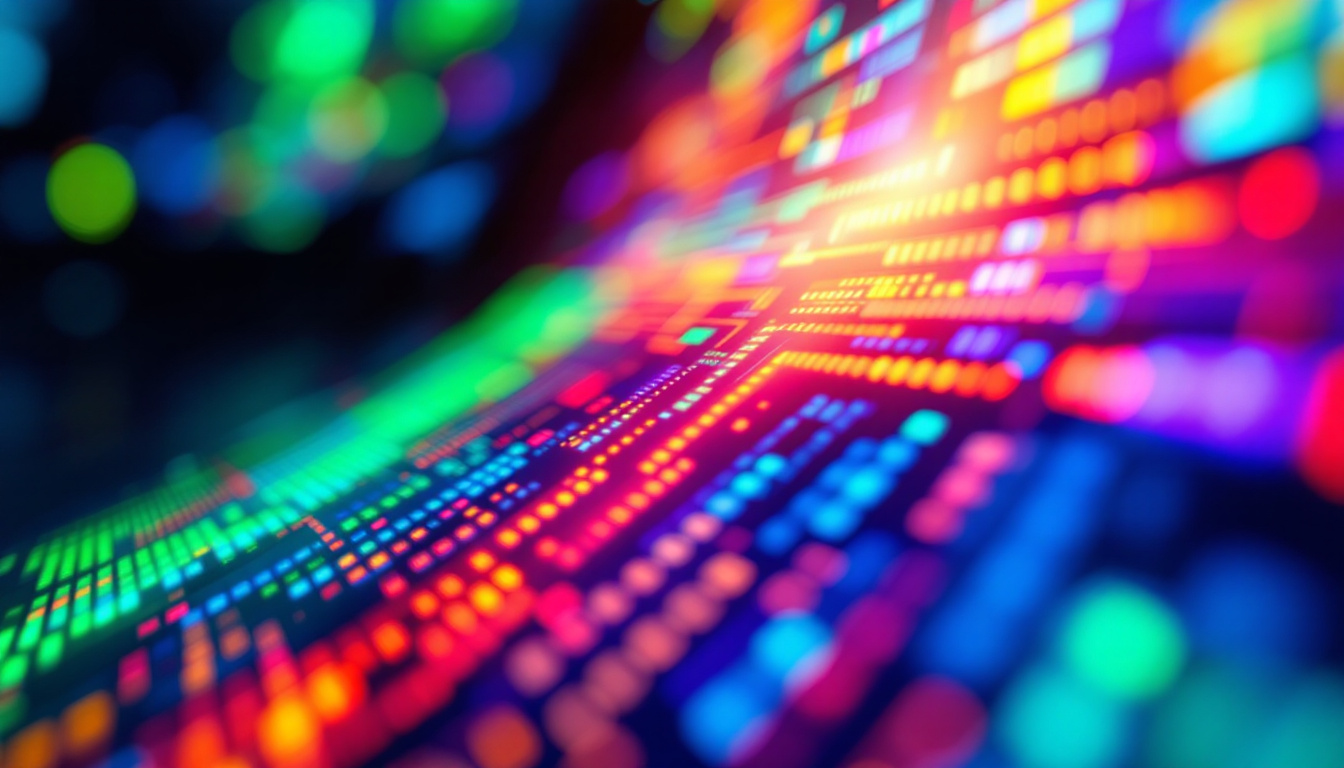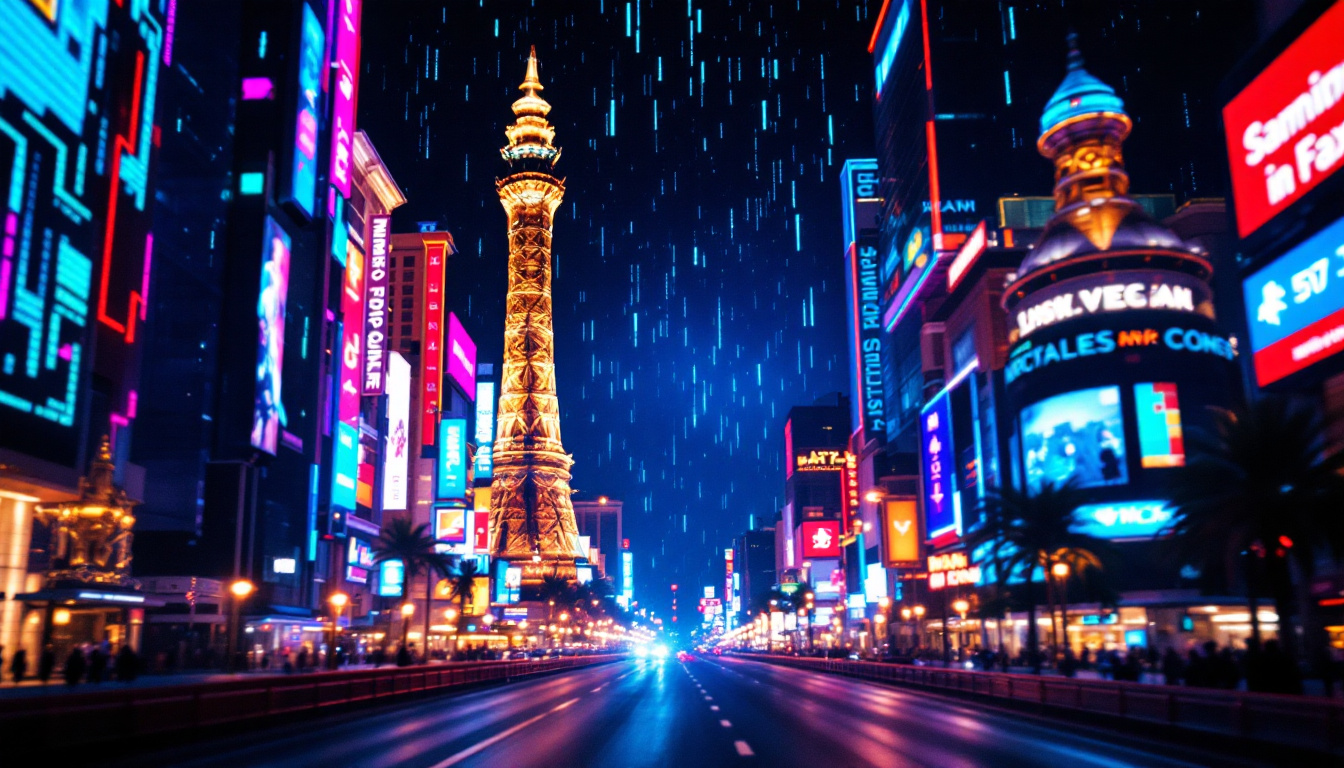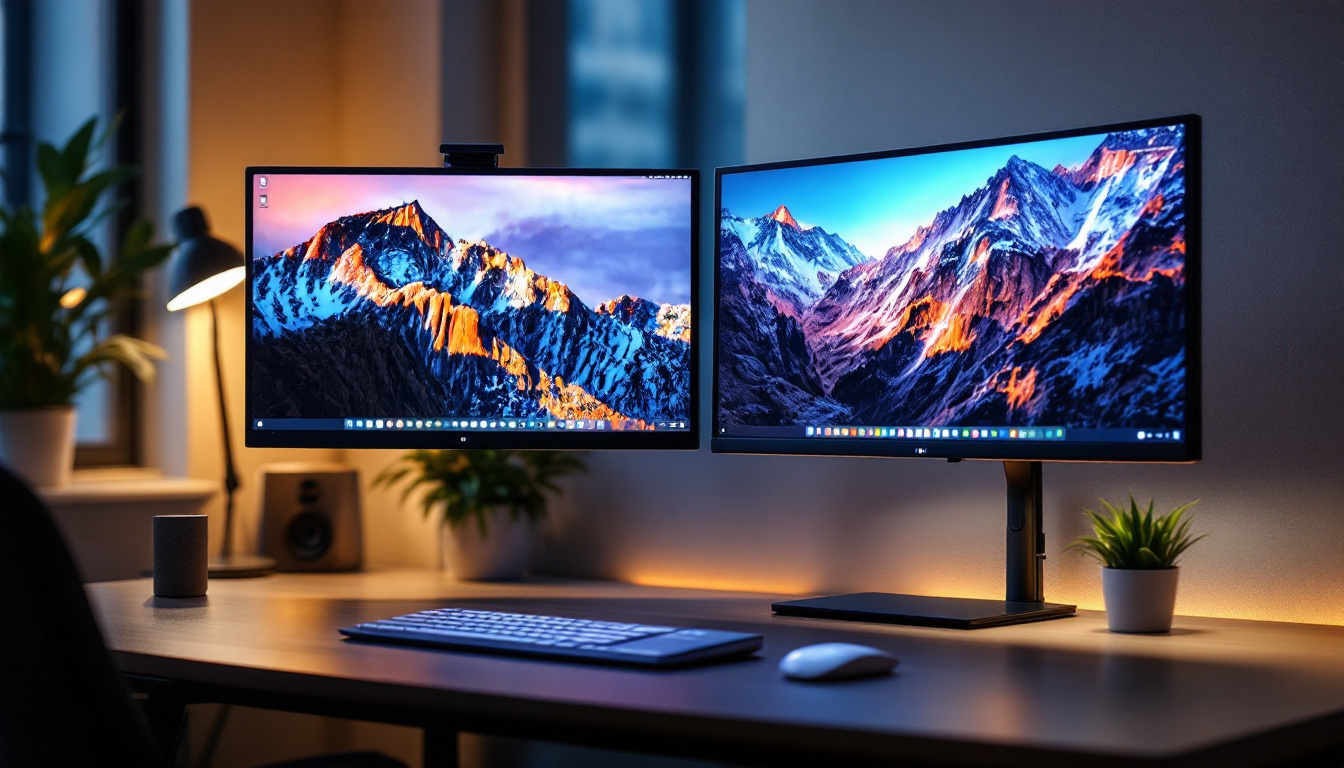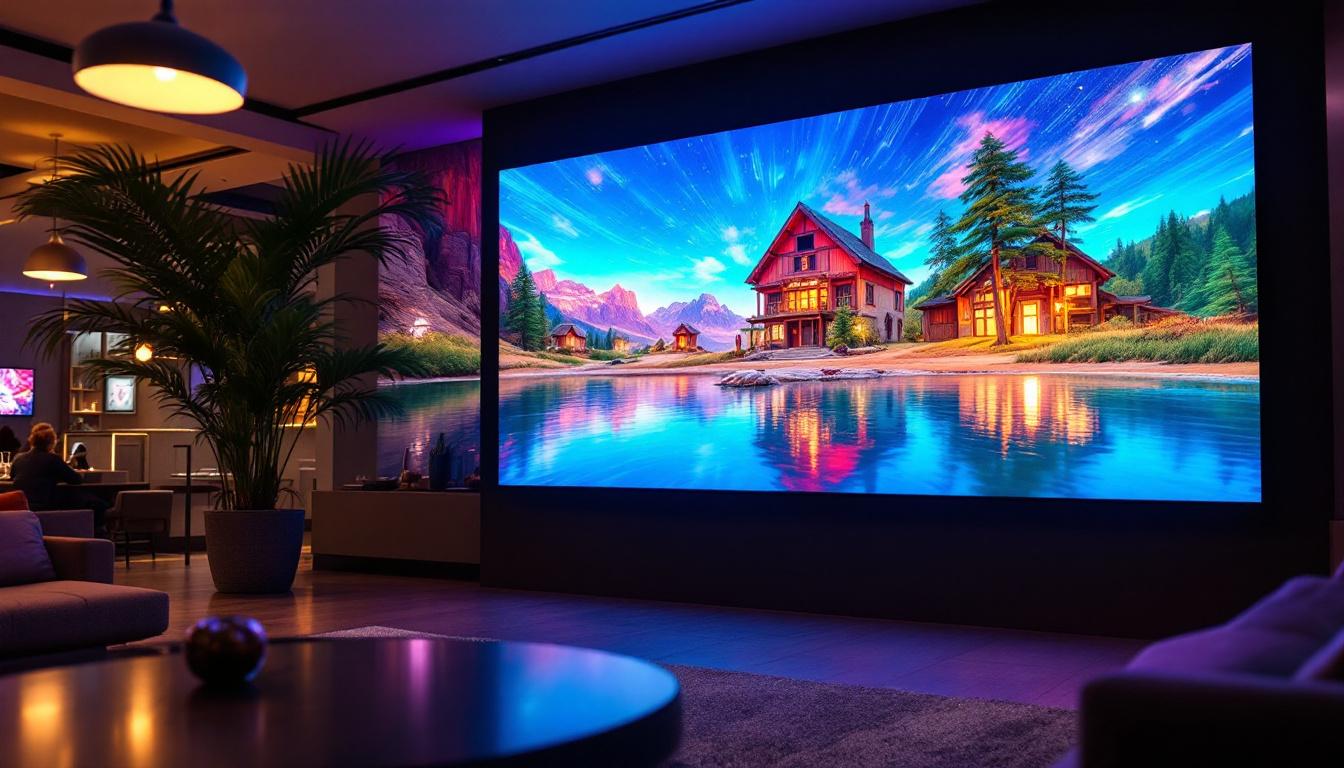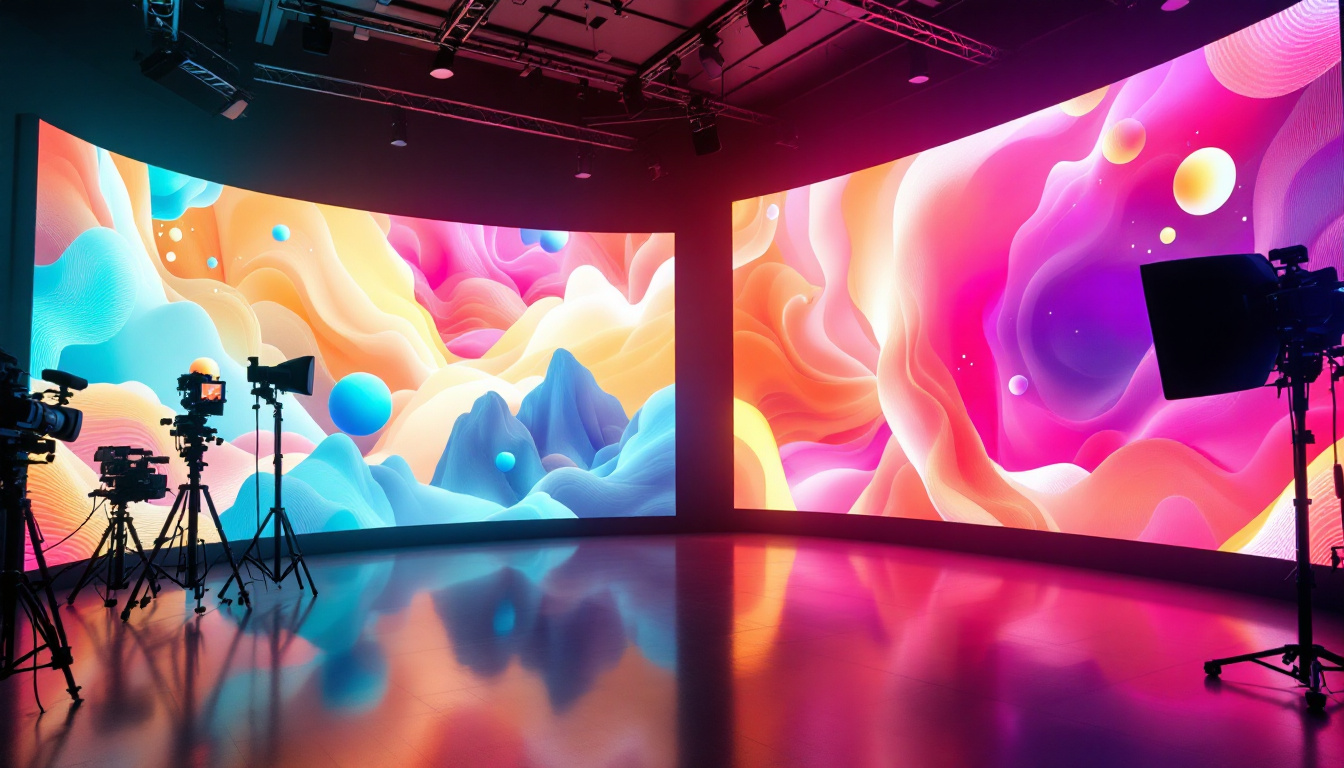In the fast-paced world of the restaurant industry, effective communication is key. One innovative solution that has gained popularity is the digital display board, particularly LED displays. These boards not only enhance the aesthetic appeal of a restaurant but also serve as a powerful marketing tool. This article delves into the various aspects of LED displays for restaurants, exploring their benefits, functionalities, and the factors to consider when implementing them.
Understanding LED Displays
LED (Light Emitting Diode) displays are electronic screens that utilize LED technology to produce bright and vibrant visuals. Unlike traditional signage, LED displays can showcase dynamic content, making them ideal for restaurants looking to attract customers with engaging visuals. The versatility of LED displays allows restaurants to convey their brand identity more effectively, using colors and animations that resonate with their target audience.
How LED Displays Work
LED displays consist of numerous small diodes that emit light when an electrical current passes through them. These diodes are arranged in a grid format, allowing for the creation of images, text, and videos. The brightness and color of the display can be adjusted, making it suitable for different lighting conditions, whether it’s daytime or nighttime. This adaptability ensures that the content remains visible and engaging regardless of external factors, enhancing the overall customer experience.
One of the significant advantages of LED technology is its energy efficiency. Compared to traditional neon or fluorescent signs, LED displays consume less power, which can lead to lower operational costs over time. Additionally, LED displays have a longer lifespan, reducing the frequency of replacements and maintenance, which is particularly beneficial for busy restaurant owners who want to focus on their core operations rather than signage upkeep.
Types of LED Displays
There are various types of LED displays available for restaurants, each serving different purposes. The most common types include:
- Indoor LED Displays: These are typically used inside the restaurant to showcase menus, promotions, or special events. They are designed to be viewed from a close distance, allowing patrons to easily read the information while they wait to be seated or browse the menu. Some indoor displays even feature interactive elements, enabling customers to explore menu items or learn about ingredients through touch screens.
- Outdoor LED Displays: Positioned outside the restaurant, these displays attract passersby with vibrant visuals and can withstand outdoor conditions. Often larger than indoor displays, outdoor LED screens can be used to promote daily specials or upcoming events, drawing in foot traffic and increasing visibility in competitive areas.
- Menu Boards: Digital menu boards allow restaurants to update their offerings in real-time, making it easy to change prices and items without the need for physical replacements. This flexibility not only saves time but also enables restaurants to respond quickly to market trends, seasonal ingredients, or customer preferences, ensuring that their offerings remain fresh and appealing.
Moreover, the integration of LED displays with social media platforms allows restaurants to showcase customer-generated content, such as photos and reviews, directly on their screens. This not only fosters a sense of community but also encourages potential customers to engage with the restaurant’s brand online, creating a dynamic feedback loop that can enhance customer loyalty and attract new patrons.
Benefits of Using LED Displays in Restaurants
Implementing LED displays in a restaurant can yield numerous benefits, enhancing both customer experience and operational efficiency.
Enhanced Customer Engagement
LED displays are visually striking and can capture the attention of potential customers. By showcasing high-quality images of food items, special promotions, or events, restaurants can entice customers to enter and make a purchase. The dynamic nature of LED displays allows for rotating content, which keeps the information fresh and engaging. Furthermore, the use of vibrant colors and animations can create a lively atmosphere that draws in foot traffic, making it an essential marketing tool for restaurants looking to stand out in a competitive market.
Additionally, LED displays can be used to tell a story about the restaurant’s brand, highlighting its unique selling points, such as farm-to-table sourcing or chef specialties. By integrating customer testimonials or social media feeds, restaurants can create a sense of community and connection, encouraging patrons to share their experiences online and further promoting the establishment.
Real-Time Updates
One of the standout features of digital displays is the ability to update content in real-time. This flexibility is particularly beneficial for restaurants that frequently change their menus or run limited-time promotions. Instead of printing new menus or signs, staff can quickly modify the display from a central control system, ensuring that customers always see the most current offerings. This capability also allows restaurants to respond swiftly to inventory changes, such as highlighting dishes that are running low or introducing new items based on seasonal availability.
Moreover, real-time updates can be utilized to communicate important information, such as wait times, special events, or even health and safety protocols, enhancing the overall dining experience. This immediacy not only keeps customers informed but also fosters a sense of transparency and trust between the restaurant and its patrons.
Cost-Effectiveness
While the initial investment in LED technology might seem high, the long-term savings can be significant. LED displays are energy-efficient, reducing electricity costs. Additionally, the elimination of printing costs for menus and promotional materials can lead to substantial savings over time. The durability of LED technology also means lower maintenance costs; unlike traditional signage, which may require frequent replacements, LED displays are designed to last, minimizing the need for ongoing expenditures.
Furthermore, the ability to run multiple advertisements or promotions on a single display maximizes the return on investment. Restaurants can experiment with different marketing strategies without incurring additional costs, allowing for more targeted campaigns that can adapt to customer preferences and seasonal trends. This strategic use of resources not only enhances profitability but also supports sustainable practices by reducing waste associated with traditional marketing materials.
Factors to Consider When Choosing an LED Display
Selecting the right LED display for a restaurant involves careful consideration of various factors. Understanding these elements can help ensure that the chosen display meets the establishment’s needs effectively.
Size and Placement
The size of the LED display is crucial. It should be large enough to be seen from a distance but not so large that it overwhelms the space. Placement is equally important; displays should be positioned where they can easily catch the attention of customers, such as near entrances or above ordering counters.
Content Management System
A robust content management system (CMS) is essential for managing the display’s content efficiently. A good CMS allows restaurant staff to schedule content, create playlists, and even integrate social media feeds. This flexibility is vital for keeping the display content fresh and engaging.
Weather Resistance
For outdoor LED displays, weather resistance is a critical factor. These displays should be designed to withstand various environmental conditions, including rain, snow, and extreme temperatures. Investing in a weather-resistant model will ensure that the display remains functional and visually appealing over time.
Implementing LED Displays: Best Practices
Once a restaurant has decided to invest in LED displays, following best practices during implementation can maximize their effectiveness.
Designing Engaging Content
The content displayed on LED boards should be visually appealing and easy to read. High-quality images of food items can significantly boost customer interest. Additionally, using clear, concise text with a legible font ensures that information is easily digestible, even from a distance.
Regular Updates and Maintenance
To keep the content engaging, regular updates are essential. This could involve rotating promotional offers, seasonal menus, or even customer testimonials. Furthermore, routine maintenance checks will ensure that the display operates smoothly, addressing any technical issues promptly.
Training Staff
Staff training is vital for the successful use of LED displays. Employees should be familiar with the content management system, enabling them to make updates and changes as needed. Additionally, staff should understand the importance of the display in marketing efforts, encouraging them to utilize it effectively.
Case Studies: Successful Implementation of LED Displays
Several restaurants have successfully integrated LED displays into their operations, demonstrating the effectiveness of this technology in enhancing customer experience and driving sales.
Fast Casual Dining Chain
A well-known fast casual dining chain implemented LED menu boards across its locations. The chain reported a 15% increase in sales after introducing the displays. The vibrant images of food and the ability to highlight daily specials drew more customers in and encouraged upselling.
Fine Dining Restaurant
A fine dining restaurant utilized an outdoor LED display to showcase its seasonal menu and special events. The restaurant’s management noted that the display not only attracted more foot traffic but also enhanced the overall dining experience by providing customers with information about the chef’s specialties and wine pairings.
Future Trends in LED Display Technology
The technology behind LED displays continues to evolve, bringing exciting possibilities for the restaurant industry.
Interactive Displays
Interactive LED displays are on the rise, allowing customers to engage with the content directly. For instance, customers might be able to browse the menu, place orders, or even customize their meals through touch screens. This interactivity can enhance the dining experience and streamline the ordering process.
Integration with Mobile Technology
As mobile technology becomes increasingly prevalent, integrating LED displays with mobile apps can provide a seamless experience for customers. Restaurants may offer QR codes on displays that customers can scan to access menus, promotions, or loyalty programs directly on their smartphones.
AI-Driven Content Personalization
Artificial intelligence is set to play a significant role in content personalization on LED displays. By analyzing customer behavior and preferences, restaurants can tailor the content shown on displays to individual customers, enhancing their experience and increasing the likelihood of a purchase.
Conclusion
Incorporating LED displays into a restaurant’s marketing strategy can significantly enhance customer engagement and operational efficiency. With their ability to showcase dynamic content, provide real-time updates, and reduce costs, LED displays are a valuable investment for any restaurant looking to thrive in a competitive market. By considering factors such as size, placement, and content management, restaurants can effectively leverage this technology to attract and retain customers.
As the technology continues to evolve, staying ahead of trends such as interactive displays and AI-driven personalization will ensure that restaurants remain at the forefront of customer experience innovation. Embracing LED display technology is not just a trend; it is a strategic move towards a more engaging and efficient dining environment.
Discover LumenMatrix LED Display Solutions
Ready to elevate your restaurant’s ambiance and marketing prowess with the latest in LED display technology? LumenMatrix is at the forefront of creating immersive visual experiences that captivate and engage. From Indoor and Outdoor LED Wall Displays to specialized solutions like Vehicle, Sports, and Floor LED Displays, we have a diverse range of products to fit your unique needs. Our mission is to transform your visual communication, making your brand unforgettable. Don’t miss out on the opportunity to redefine your restaurant’s appeal. Check out LumenMatrix LED Display Solutions today and step into the future of dynamic digital signage.

